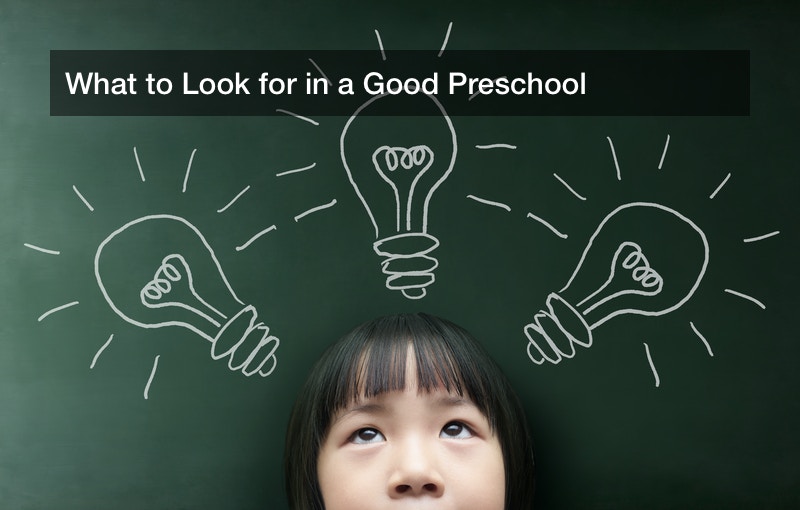
A good education is the key to any child’s future success, so parents are greatly invested in finding the best day schools for their children of all ages. The options are quite wide, ranging from an art high school to the best private schools around. This even includes preschools and similar pre-K programs, and a private pre-K school may go a long way in preparing a young student for elementary school. But how can parents find the best private pre-K programs for their young children, or find good elementary schools? While there many be many options to choose from, a step by step process can be used to narrow down the choices and find the optimal private pre-K schools or top rated public preschools nearby.
Finding A Preschool
It is not actually necessary for American children to attend preschool, but all the same, many children aged three to five are indeed enrolled in pre-K programs of all sorts. Statistic show that from 1990 to 2000 in particular, preschool enrollment rates grew rapidly, and by 2015, some 87% of five-year-olds are enrolled in preprimary programs, either public or private. Take note that a preschool is not just a daycare center; it is a dedicated academic setting where the young students will learn how to learn, and get used to following directions from teachers and take part in extracurricular activities. This can greatly prepare a child for their future education in many ways. And while private pre-K programs and schools charge tuition, they offer robust (and private)funding and have expert staff on hand, so parents who can afford this option may find it greatly appealing. Still, a highly rated public preschool may be nearly as good in some regards.
To find the best schools for a young child, such as when the family moves to a new city or county, the parents can look online to get started. They should enter a fairly specific query that specifies the need to find preschools, and add their city or town name, ZIP code, and whether to find public or private schools. Doing this helps keep the results local, and show schools of the desired type. From here, the parents can strike out schools that seem unsuitable (such as those with low ratings) and compile a short list of candidate schools.
Now, the parents can tour those promising schools in person, and this is a great way to form a fair impression of each school and what it can offer. While visiting, the parents can consult the staff to review each teacher’s credentials, not to mention review the school’s level of funding and see what sort of programs and features it has for students. For repeat visits, the parents can bring their child along, and check to see if their child feels comfortable there and gets along with the staff. If so, this is a good sign, and the parents can do this any number of times at different schools until they find the best one for their child.
Finding Other Schools
Meanwhile, a K-12 education is certainly mandatory, and a fairly similar process can be used to find elementary, middle, and high schools as well. Here again, private and public schools differ somewhat, with private schools being the minority and enrolling about 105 of the nation’s students. A private school is privately funded and run, hence the name, and they tend to have highly qualified teachers, abundant resources and funding, and good counseling services, too. Private high schools have robust college counseling prep for students, and just over 90% of all private high school grads go on to college. This makes private schools a very attractive option for families that can afford the tuition.
When touring schools, the parents can consult the staff working there, and the prospective student might also have questions for the staff. A prospective student will want a school that offers certain clubs or programs for their interests, such as an art program, a soccer or swim team, a well-funded computer lab, or even a marching band. If the student has special needs, such as a physical or mental disability, the parents must find a school that offers classes and programs to support that student and their education.


